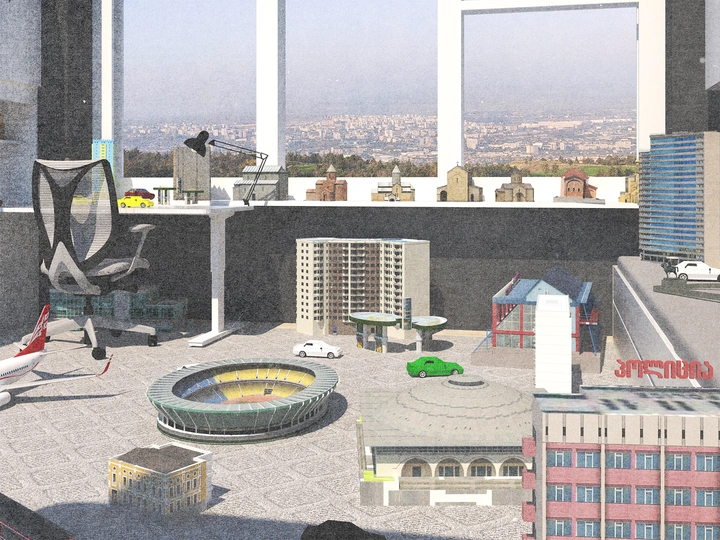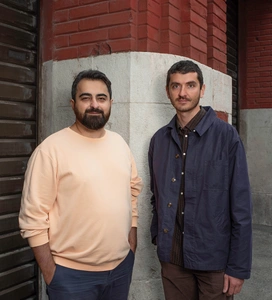Tbilisi Urban Anomalies

Vano Ksnelashvili
Vano Ksnelashvili (1987) graduated with a Master's degree in Architecture and Urban Planning from Vilnius Gediminas University. In 2017, he established his practice, About Architecture, in Vilnius. Currently based between Tbilisi and Copenhagen, the studio has been involved in various collaborative projects, receiving international awards.
Before establishing his own studio, Vano worked as a project architect at the London-based architecture office, Architects of Invention (2010-2017)
In 2018, Vano was one of four invited partners at the Tbilisi Architecture Biennial, where the studio constructed and presented one of the main pavilions titled Forms of Living. Additionally, he was appointed as an independent expert for the Mies van der Rohe Award in the same year.
Between 2020 and 2023, Vano worked as a tutor in the Architecture Programme at Free University of Tbilisi, where he co-led a design studio named re-city. Collaborating with students, they researched the city's contextual intricacies and analysed its evolving landscape.
Ioseb Andrazashvili (1987) graduated from the Architectural Association with RIBA Part 1. He is currently an assistant professor in the Architecture Programme at the Free University of Tbilisi where he is a co-founder of re-city.
Ioseb is also a co-founder of GRAEY I Design & Software Development, a studio developing AI software.
The re-city research explores the recent turbulent urban transformation of Tbilisi, highlighting its unique anomalies and redefining them within the context of a contemporary city.
Tbilisi's historical timelines reveal a city shaped by diverse influences and epochs. From its ancient origins to its modernisation during the Russian Empire and expansion during the Soviet era, Tbilisi has undergone multiple episodes of transformation. However, the city's journey towards independence has been marked by a lack of regulation and master planning, resulting in a functional mismatch between supply and demand and the proliferation of disjointed architectural styles.
Tbilisi presents itself as one of the most intriguing and challenging cities for architectural study. Its exuberance defies linear comprehension, with layers of history and modernity coalescing to create a dynamic urban fabric. Despite occasional conversations about the urgency to change the attitude towards the city, these discussions often fail to penetrate the surface. re-city recognises the importance of conducting in-depth research into contemporary ground conditions, acknowledging that many anomalies have become background noise for the city's inhabitants.
re-city's exploration of Tbilisi's urban anomalies offers valuable insights into the city's past, present, and future. By redefining these anomalies within the context of a contemporary city, re-city seeks to foster a deeper understanding of Tbilisi's complex urban fabric and inspire innovative approaches to urban design and governance. As Tbilisi continues to navigate the challenges of rapid urbanisation and territorial tensions, the insights generated by re-city's projects serve as invaluable tools for shaping the city's future trajectory.
